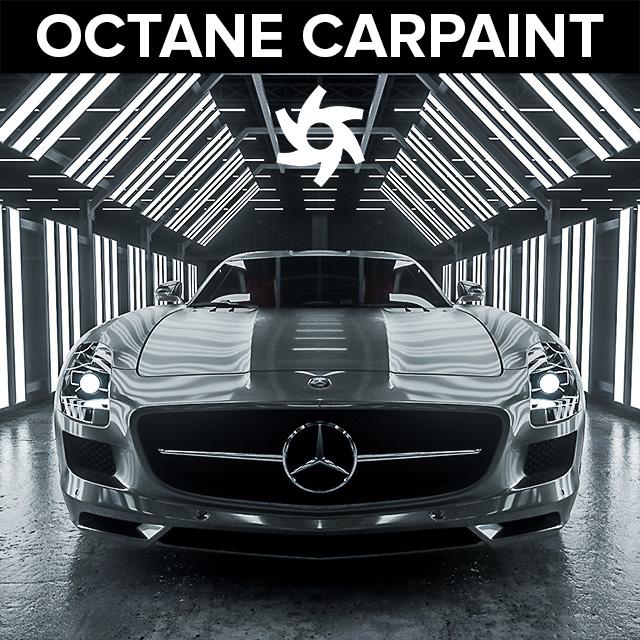

Part I: Interacting with the Node Editor How to access the Node Editor It’s the same information, represented in a different way. It also makes it easier to reuse a texture or effect across different parts of an object to cut down on clutter and redundancy.Įverything you change in the Node Editor changes in the material editor/attribute manager and vice versa. This system gives you a flat, visual map of everything that makes up your material or object, and allows you to quickly focus in on the area you want to modify. In the node view, a material or object is broken down into smaller chunks, and those chunks are strung together with connectors. This is where the Node Editor comes into play.


This is great for simple changes like altering colors, but once things get more complicated and you start layering up effects, constantly going up and down levels gets confusing and cumbersome. You’d either click the material in the Material Manager and change parameters in the Attributes Manager, or double-click the material to pop open the Material Editor window, and then do your edits there. Traditionally in Cinema 4D, you use a Material Editor or Attributes Manager window to edit the material’s parameters. Octane Render for Cinema 4D allows you to edit materials and objects in two ways. Part IV gives you a list of helpful concepts to keep in mind while using the node editor.

Part III has two step-by-step walkthroughs, a basic one and a more advanced one. If you’re already familiar with the node system, skip to this section. Part II breaks down the nodes into groups and explains how they work together. Unless you're brand new to a node editor, you probably know some of this, but it still helps to skim through it and see if there's anything new. Part I covers the the basics: How to access the node editor, navigate around in it, make nodes, etc.


 0 kommentar(er)
0 kommentar(er)
